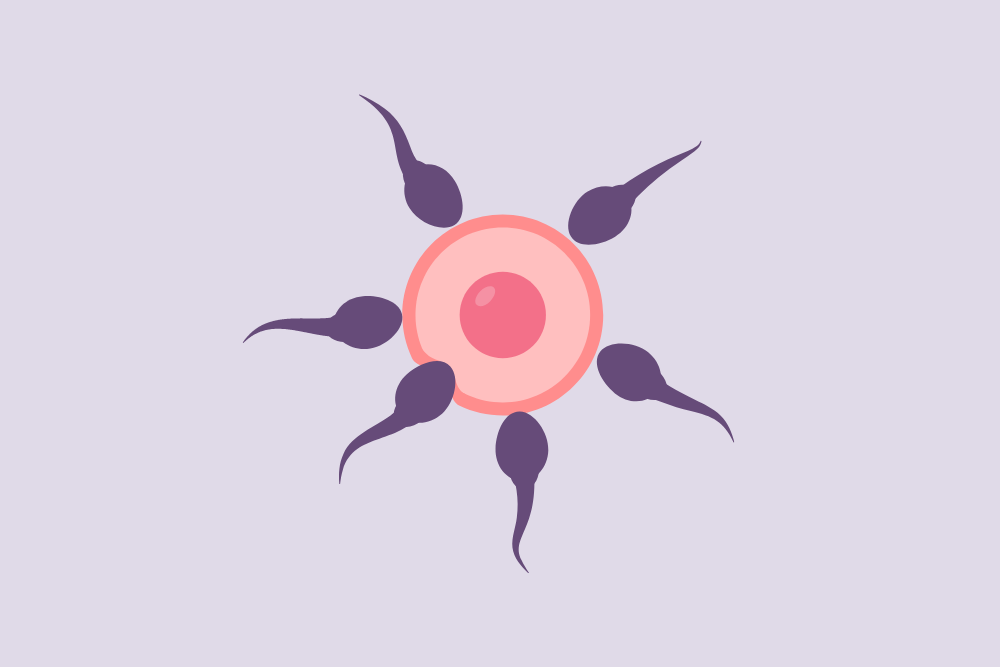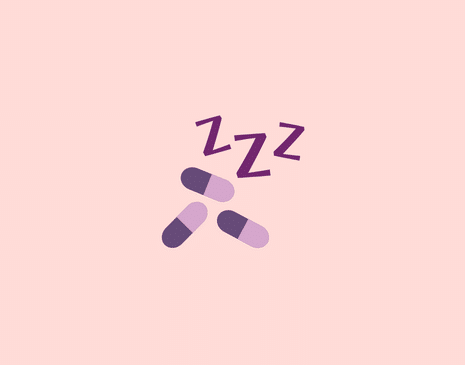Every month, an incredible biological process unfolds within a woman’s body, setting the stage for the possibility of new life. It’s called ovulation, a key part of the female reproductive cycle. But how do you know when it’s happening?
Understanding and identifying the signs of ovulation is essential for those trying to conceive and anyone interested in monitoring their reproductive health. In this comprehensive guide, we’ll take you on a journey through the intricacies of ovulation, exploring the signs and tracking methods. Whether planning for pregnancy or simply seeking a deeper understanding of your body, this article is your key to unravelling the mystery of ovulation and empowering yourself with knowledge about your unique fertility cycle.
The Basics of Ovulation
Ovulation, a fundamental process in the female reproductive system, is the pivotal moment when a mature egg is released from one of the ovaries and travels down one of the fallopian tubes, potentially meeting sperm for fertilisation. This process typically occurs once during each menstrual cycle, although some women may experience irregularities.
Ovulation is orchestrated by a complex interplay of hormones, primarily luteinising hormone (LH) and follicle-stimulating hormone (FSH). These hormones trigger the growth and maturation of follicles within the ovaries, ultimately releasing a mature egg.
Why is Ovulation Important?
Whether you’re actively trying to conceive or simply want to become more in tune with your body, understanding ovulation is the first step towards informed reproductive health. Here are some key reasons why ovulation matters:
- Fertility: Ovulation is the key event in the menstrual cycle that allows for pregnancy. It’s the moment when an egg is available for fertilisation, and conception cannot occur without ovulation.
- Tracking Reproductive Health: Monitoring your ovulation can provide valuable insights into your reproductive health. Irregular ovulation or the absence of ovulation can indicate underlying health issues that may require medical attention.
- Hormonal Balance: Ovulation is regulated by a delicate balance of hormones. Understanding this process can help you assess the health of your hormonal system, which plays a significant role in overall well-being.
- Family Planning: For couples looking to conceive, identifying the fertile window around ovulation is essential for timing intercourse to maximise the chances of getting pregnant.
- Birth Control: Conversely, for those seeking to avoid pregnancy, knowledge of when ovulation occurs can be valuable in choosing and using contraception effectively.
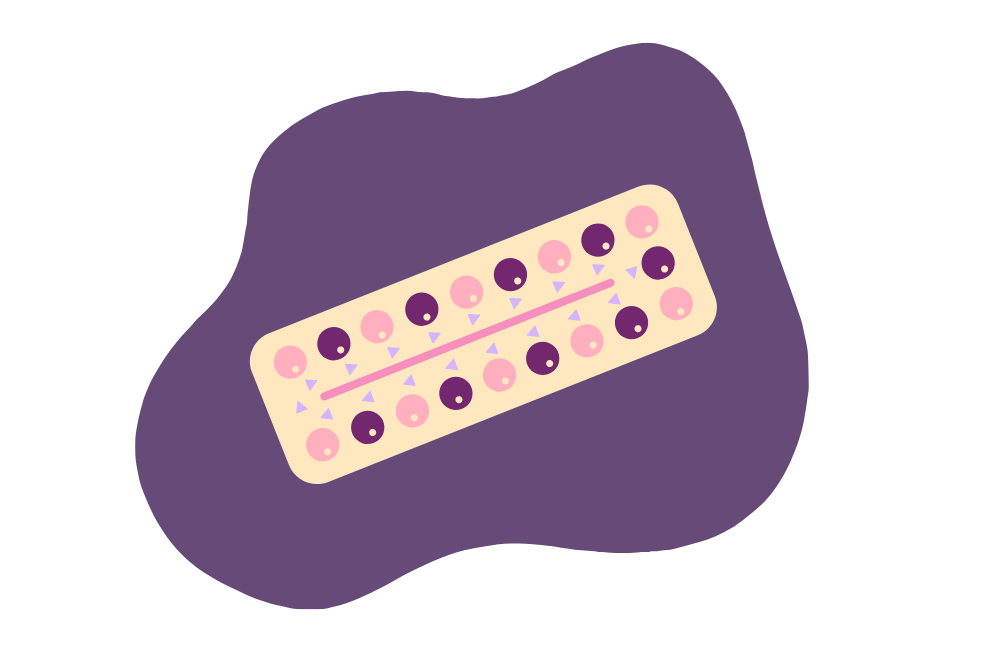
Tracking Your Menstrual Cycle
The menstrual cycle is the foundation of a woman’s reproductive system. It typically spans around 28 days, although variations are common. Understanding the phases of your menstrual cycle is essential for tracking ovulation.
Menstrual Phase
The cycle begins with menstruation, which is the shedding of the uterine lining. This phase usually lasts 3 to 7 days.
Follicular Phase
Following menstruation, the body enters the follicular phase. During this time, hormone levels, including FSH, stimulate the development of follicles in the ovaries, each containing an immature egg.
Ovulatory Phase
Ovulation occurs around the middle of the menstrual cycle. This is when a mature egg is released from one of the ovaries and is ready for fertilisation.
Luteal Phase
After ovulation, the luteal phase begins. The ruptured follicle transforms into a structure called the corpus luteum, which produces hormones, primarily progesterone, to prepare the uterine lining for the potential implantation of a fertilised egg.
If Pregnancy Occurs
If fertilisation takes place, the luteal phase extends to support the early stages of pregnancy. If not, hormonal changes trigger the start of menstruation, and the cycle begins anew.
Recording Your Menstrual Cycle Dates
Keeping track of your menstrual cycle dates is the first step in understanding your reproductive health and pinpointing ovulation. To do this, start by marking the first day of your period on a calendar or using one of the best period tracking apps on your smartphone. Continue tracking each day until your next period begins. Over time, this record will help you identify patterns and predict when ovulation is likely to occur.
The Role of Hormones in Your Cycle
Hormones play a pivotal role in regulating your menstrual cycle and ovulation. Two key hormones, FSH and LH, are responsible for initiating and controlling the release of an egg.
Follicle-stimulating hormone (FSH)
FSH stimulates the growth and development of follicles in the ovaries during the early phase of the menstrual cycle. This hormone prepares the follicles for potential ovulation.
Luteinising Hormone (LH)
As the menstrual cycle continues, a surge in LH triggers the release of a mature egg from the dominant follicle. This surge in LH is what many ovulation predictor kits (OPKs) detect to signal the imminent release of an egg.
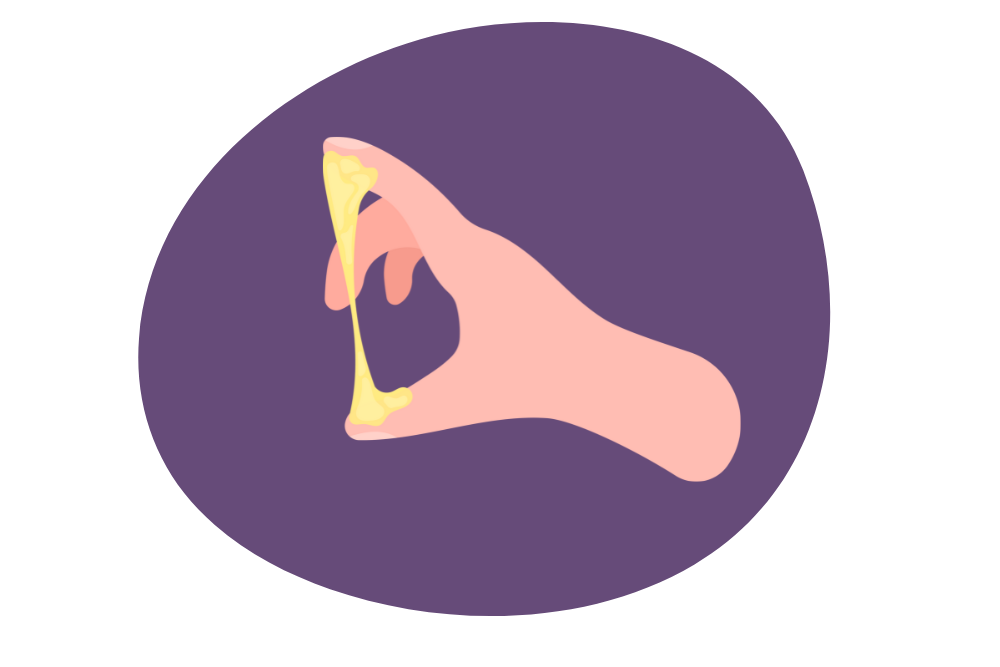
Common Ovulation Symptoms
Changes in Cervical Mucus
One of the most reliable and common signs of ovulation is changes in cervical mucus. The cervix produces mucus throughout the menstrual cycle, but its consistency and appearance undergo distinct alterations during ovulation:
Before Ovulation
In the days leading up to ovulation, cervical mucus typically becomes clear, slippery, and stretchy, resembling the consistency of egg whites. This fertile cervical mucus is designed to facilitate the passage of sperm through the cervix and into the uterus, making it an ideal environment for fertilisation.
During Ovulation
The peak of fertility occurs when cervical mucus is at its most abundant and stretchy. This increased production of clear and slippery mucus coincides with the release of the egg from the ovary.
Observing and tracking changes in your cervical mucus can be valuable in predicting when ovulation is approaching. Many women find monitoring cervical mucus is a natural and non-invasive way to pinpoint their fertile window.
Ovulation Pains (Mittelschmerz)
Some women experience mild to moderate pelvic pain or discomfort during ovulation, known as Mittelschmerz, German for “middle pain.” This sensation typically occurs on one side of the lower abdomen, depending on which ovary is releasing the egg that month. Mittelschmerz is thought to result from the stretching and irritation of the ovarian follicle before the egg is released.
It’s important to note that not all women experience Mittelschmerz, and its intensity can vary. For those who do, it can serve as a helpful, albeit somewhat subjective, indicator of ovulation.
Increased Libido
Another common sign of ovulation is an increase in libido or sexual desire. Hormonal changes associated with ovulation, particularly the surge in oestrogen, can lead to heightened feelings of attraction and desire for sexual activity. This is nature’s way of encouraging reproduction during the fertile window.
While not everyone experiences a noticeable change in libido during ovulation, some women feel more interested in intimacy during this time.
Breast Tenderness
Breast tenderness or soreness is a symptom that some women experience during ovulation. This discomfort can be attributed to hormonal fluctuations, particularly progesterone changes during the menstrual cycle’s luteal phase. While breast tenderness is more commonly associated with premenstrual syndrome (PMS), some women may also notice it as an ovulation symptom.
Understanding these signs and symptoms and tracking methods can provide a clearer picture of when ovulation occurs in your menstrual cycle.
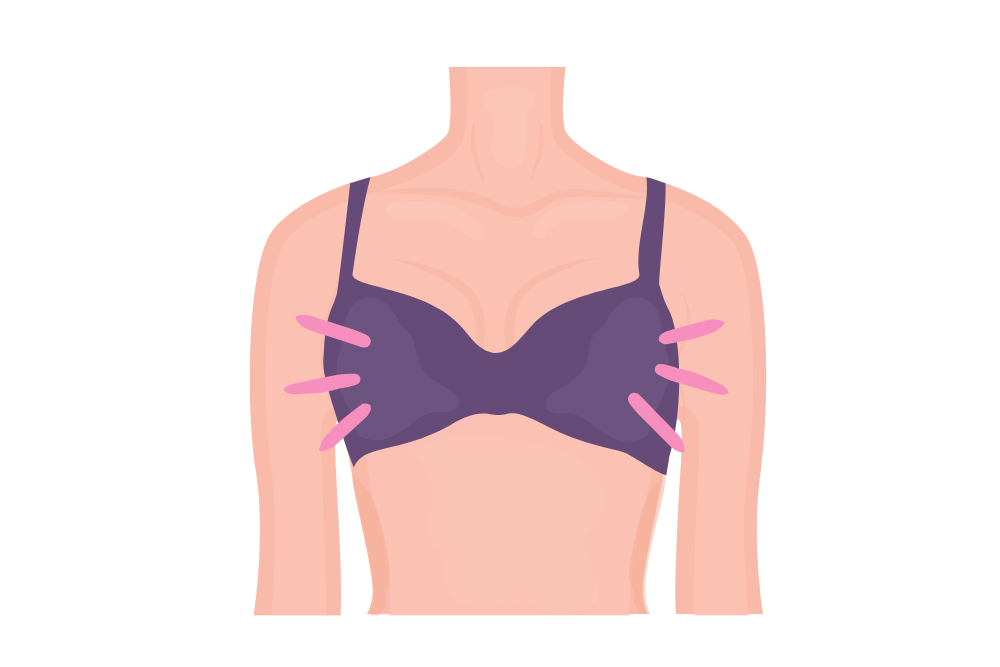
Using Ovulation Prediction Tools
Ovulation Predictor Kits (OPKs)
Ovulation Predictor Kits, commonly called OPKs, are highly effective tools for predicting ovulation. These kits are available over-the-counter at most pharmacies and in various forms, including test strips and digital devices. OPKs work by detecting the luteinising hormone (LH) surge that occurs just before ovulation.
Here’s how to use an ovulation predictor kit to predict ovulation effectively:
- Read the Instructions: Each OPK kit may have slightly different instructions, so be sure to read them carefully.
- Start Testing: Typically, you’ll begin testing a few days before you expect to ovulate. This timing varies from person to person but often starts around the middle of your menstrual cycle.
- Collect Urine Sample: Most OPKs require you to collect a urine sample and either dip the test strip into the sample or use a dropper to apply the urine to the test.
- Interpret the Results: The test will indicate whether you’re experiencing an LH surge, usually 24-36 hours before ovulation. A positive result means ovulation is likely to happen soon.
OPKs are convenient and accurate for many women, especially when used with other tracking methods. Keep in mind that some women may have naturally elevated LH levels, so it’s essential to establish your baseline through a few cycles of testing.
Basal Body Temperature (BBT) Tracking
Basal Body Temperature (BBT) tracking involves measuring your body’s resting temperature each morning before getting out of bed. This method relies on the fact that a woman’s BBT typically rises slightly after ovulation due to the influence of progesterone, a hormone released after the egg is released.
Here’s how to use BBT tracking effectively:
- Use a BBT Thermometer: Purchase a BBT thermometer, which is more accurate and sensitive than a regular thermometer.
- Consistency Is Key: Take your temperature at the same time every morning, before any activity or even getting out of bed. This consistency is crucial for accurate tracking.
- Chart Your Temperatures: Record your daily temperatures on a graph or a fertility tracking app. You’ll notice a distinct temperature shift after ovulation.
- Track Additional Signs: BBT tracking can be even more reliable when combined with other signs, such as changes in cervical mucus.
- Identify the Pattern: Ovulation is usually indicated by a sustained temperature increase (0.5 to 1.0°F) lasting several days.
Smartphone Apps and Fertility Monitors
In our digital age, smartphone apps and fertility monitors have become popular tools to track ovulation. These apps and devices often combine methods, such as BBT tracking, cervical mucus observation, and cycle length prediction, to help you accurately identify your fertile window.
Here’s what you can expect from these tools:
- Data Integration: These apps and monitors collect and analyse your data to predict your fertile days and ovulation.
- Notifications: You’ll receive notifications when your fertile window is approaching, making it easier to plan intercourse or contraception.
- Ease of Use: Most apps are user-friendly, allowing you to input data easily and track your cycle over time.
Using ovulation prediction tools like OPKs, BBT tracking, or smartphone apps can enhance your ability to identify your fertile window and time intercourse for the best chance of conception or contraception. Combining these methods with a deeper understanding of your body’s natural signs and symptoms can further empower your reproductive health journey.
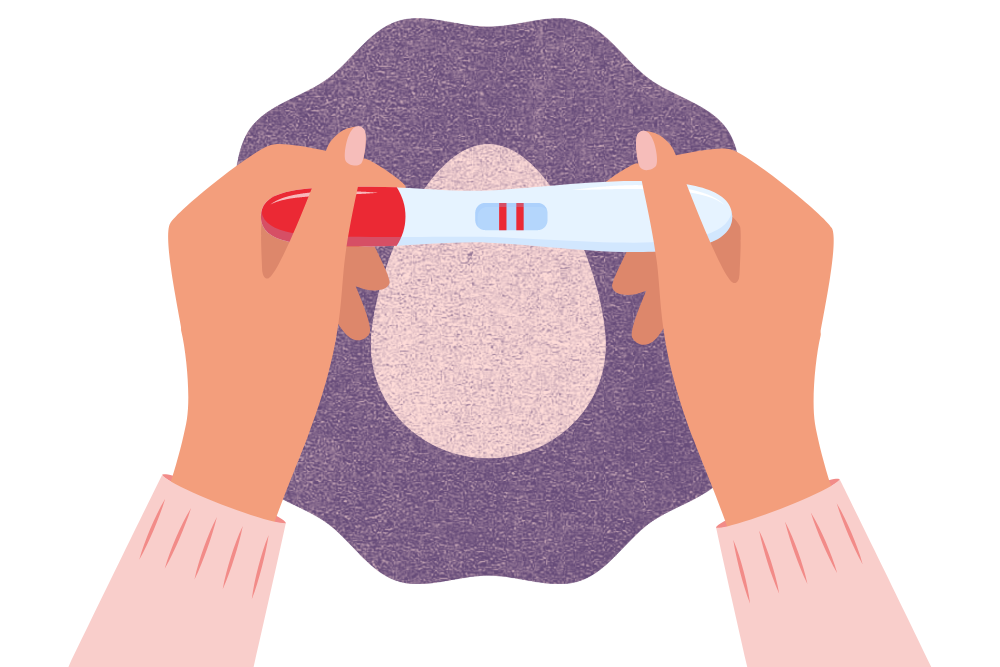
Charting and Tracking Your Fertility
Creating a Fertility Chart
Creating a fertility chart is a valuable method for tracking your menstrual cycle and ovulation patterns. It involves recording various fertility-related data, such as basal body temperature (BBT), cervical mucus consistency, and other relevant factors. Follow these steps to create your fertility chart:
- Choose a Charting Method: Decide whether you’ll use a paper chart, a dedicated fertility app, or a spreadsheet to track your data. Many apps offer pre-designed charts for easy tracking.
- Daily Records: Consistency is key. Every day, record your BBT, any changes in cervical mucus, and any other relevant information like mood, stress levels, or physical symptoms.
- Include Additional Signs: Some women also track secondary fertility signs, such as cervical position or other symptoms like ovulation pain. Note these on your chart.
- Cycle Day: Number each day of your cycle on the chart, starting with the first day of your period as Day 1.
- Use Standardised Symbols: Use standardised symbols or notations to represent different observations on your chart. For example, you might use “E” for egg white cervical mucus or “LH+” for a positive ovulation test.
Interpreting Your Chart
Interpreting your fertility chart involves analysing the data you’ve collected to identify patterns and potential signs of ovulation. Here are some key aspects to consider:
- Basal Body Temperature (BBT): Look for a noticeable and sustained temperature increase of about 0.5 to 1.0°F. This temperature shift typically occurs after ovulation and can confirm that ovulation has taken place.
- Cervical Mucus: Observe changes in cervical mucus consistency. As you approach ovulation, you should notice an increase in clear, stretchy mucus. After ovulation, it may become thicker and less fertile.
- Secondary Signs: Take note of secondary signs like cervical position, ovulation pain, or other symptoms. These can complement the BBT and mucus data.
- Fertility Window: Your fertility window is the period leading up to and including the day of ovulation. It’s the most fertile time in your cycle. By examining your chart, you can identify when this window will likely occur.
Detecting Your Fertile Window
Detecting your fertile window is the ultimate goal of charting and tracking your fertility. Your fertile window is the time when conception is most likely. Here’s how to use your chart to detect it:
- Look for Ovulation Signs: The combination of a temperature shift, changes in cervical mucus, and any other secondary signs can help pinpoint when ovulation is likely to occur.
- Count Backwards: In a typical 28-day cycle, ovulation often occurs around Day 14. However, this can vary. Count back about 12-16 days from your expected next period to estimate your potential fertile window.
- Plan Intercourse: During your fertile window, plan to have intercourse every 1-2 days to maximise your chances of conception if that’s your goal. If you’re trying to avoid pregnancy, use contraception during this time.
- Track Over Multiple Cycles: Tracking your fertility over several cycles will help you identify patterns and refine your predictions.
Creating and interpreting a fertility chart is a proactive way to understand your menstrual cycle and increase your awareness of your fertility. Whether you’re aiming to conceive or want to manage contraception effectively, this method empowers you with valuable insights into your reproductive health.

Lifestyle Factors and Ovulation
The Impact of Stress
Your mental and emotional well-being significantly affects your overall health, including your menstrual cycle and ovulation. Chronic stress can disrupt hormonal balance and potentially affect ovulation. It’s important to approach stress management with a body-positive mindset, focusing on overall well-being rather than solely on appearance or fertility outcomes.
- Mindfulness and Relaxation: Incorporate mindfulness practices, meditation, deep breathing exercises, or yoga into your routine to manage stress positively. These practices promote emotional well-being and can help alleviate stress-related disruptions to your cycle.
- Seek Support: Don’t hesitate to seek support from friends, family, or a mental health professional if you’re experiencing stress or anxiety. Building a support network can contribute to your overall health and happiness.
- Self-Care: Prioritise self-care activities that make you feel good, whether enjoying a hobby, spending time in nature, or pampering yourself with self-care routines. Remember that taking care of your mental health is essential to body positivity.
Nutrition and Ovulation
Maintaining a balanced and nourishing diet is essential for overall health, including reproductive health and ovulation. A body-positive approach to nutrition emphasises health and well-being rather than rigid dieting or appearance-focused goals.
- Balanced Diet: Focus on consuming balanced meals rich in whole foods, including fruits, vegetables, whole grains, lean proteins, and healthy fats. This approach nourishes your body and supports hormonal balance.
- Stay Hydrated: Adequate hydration is vital for overall health and can help maintain regular menstrual cycles. Drink plenty of water throughout the day.
- Moderation, Not Deprivation: Embrace a mindset of moderation rather than deprivation. It’s perfectly okay to enjoy your favourite treats in moderation, without guilt.
- Consult a Dietitian: If you have specific dietary concerns or health conditions that may impact your ovulation, consider consulting a registered dietitian who can provide personalised guidance.
Exercise and Ovulation
Exercise is an important component of a healthy lifestyle and can positively impact ovulation. A body-positive approach to exercise encourages joyful movement and fitness activities that make you feel good rather than focusing solely on aesthetics.
- Regular Activity: Engage in regular physical activity that you enjoy. This might include dancing, hiking, swimming, yoga, or any activity that brings you pleasure and helps you stay active.
- Balance is Key: Avoid excessive exercise that may lead to extreme calorie deficits or overtraining, which can disrupt menstrual cycles. Balance is key to maintaining a healthy relationship with exercise.
- Listen to Your Body: Pay attention to your body’s signals. If you’re tired or in pain, it’s okay to rest. Rest and recovery are crucial for overall well-being.
- Celebrate Achievements: Celebrate your fitness achievements and milestones, no matter how small they may seem. Acknowledging your progress fosters a positive relationship with your body and exercise.
Remember that everyone’s body is unique, and what works for one person may not work for another. Embrace the idea that health and well-being come in various shapes and sizes, and your journey towards a healthier, happier you should be guided by self-compassion and self-love. A body-positive approach to lifestyle factors and ovulation ultimately supports your overall health and fertility goals.

